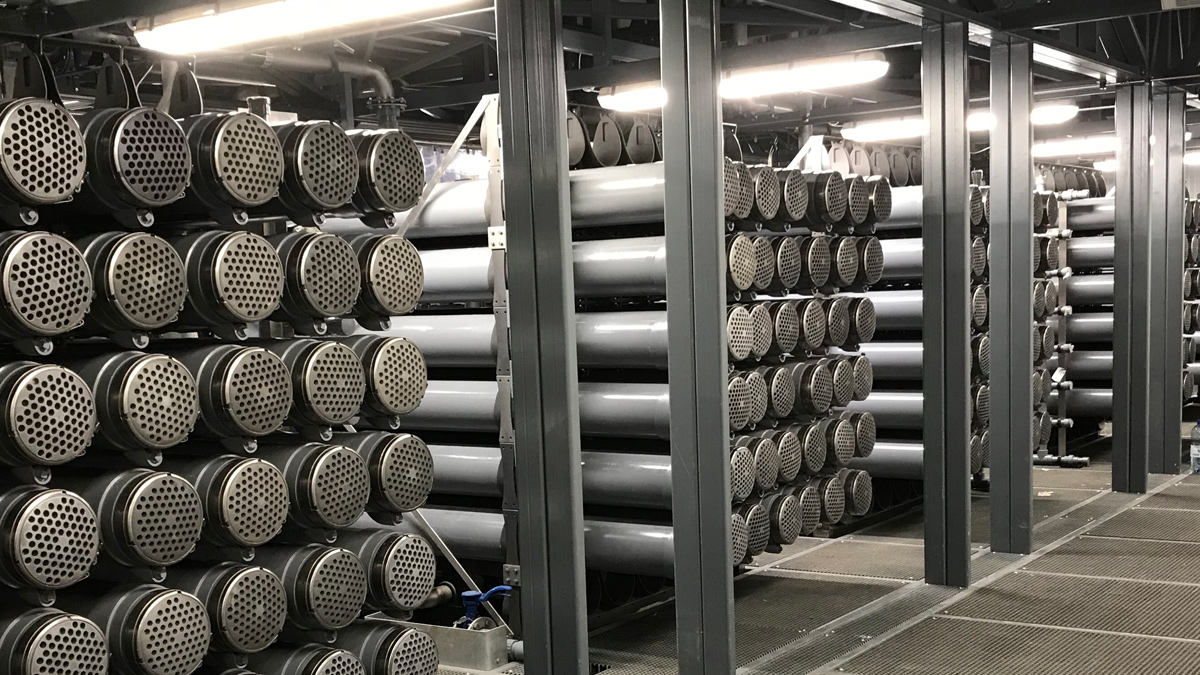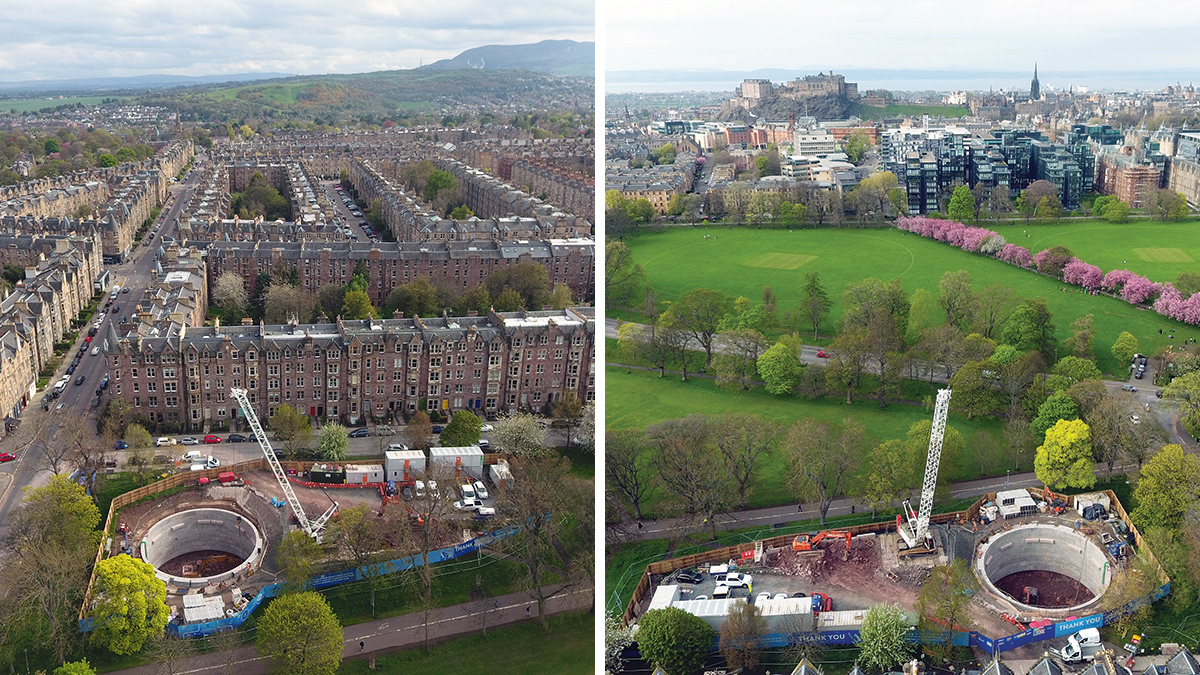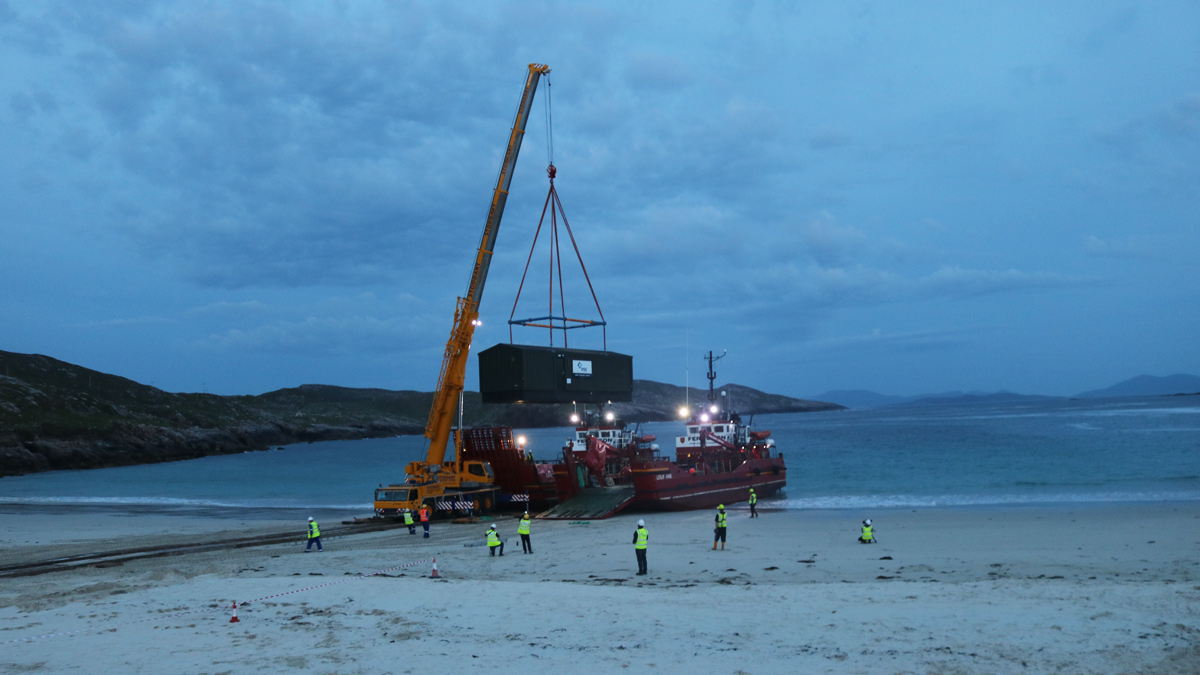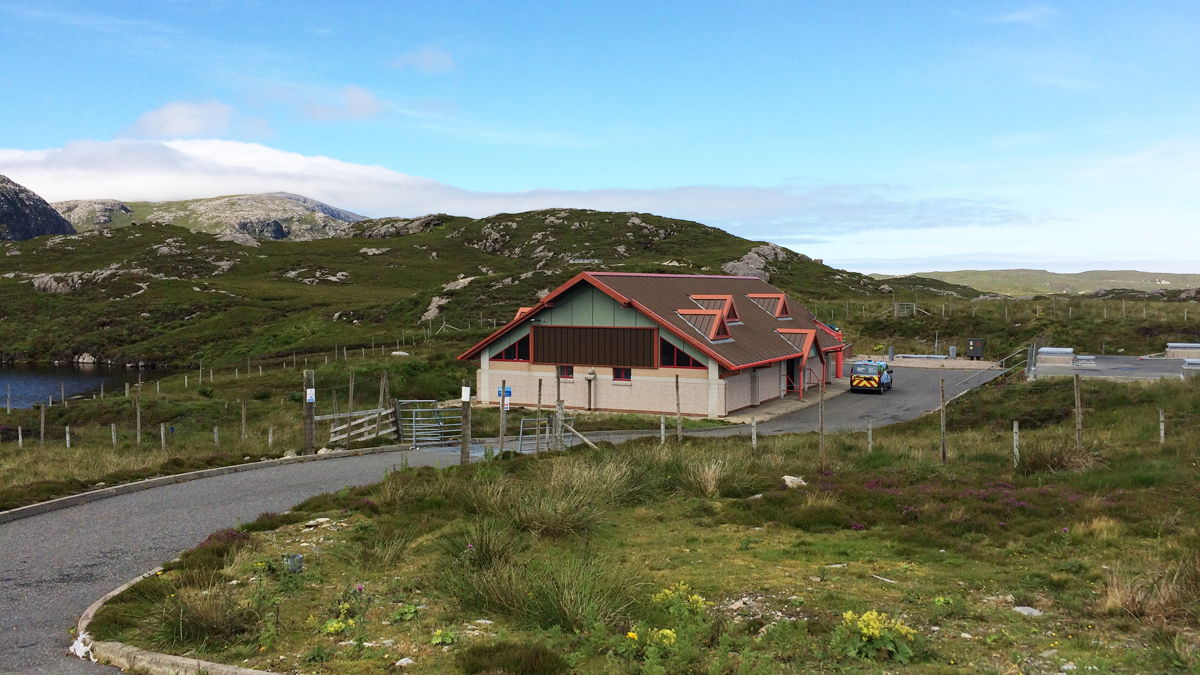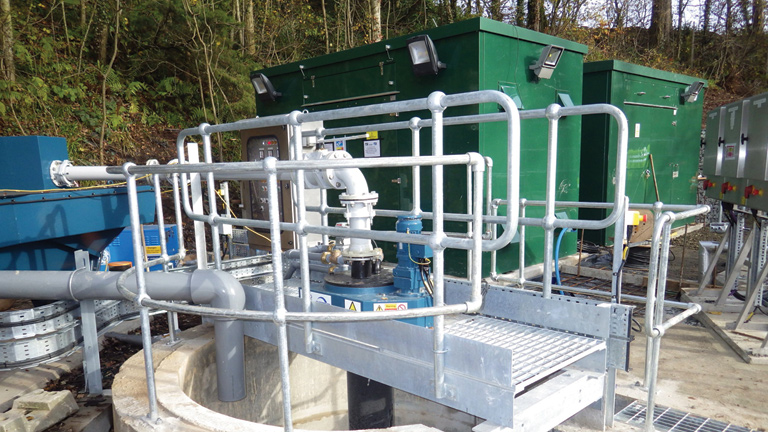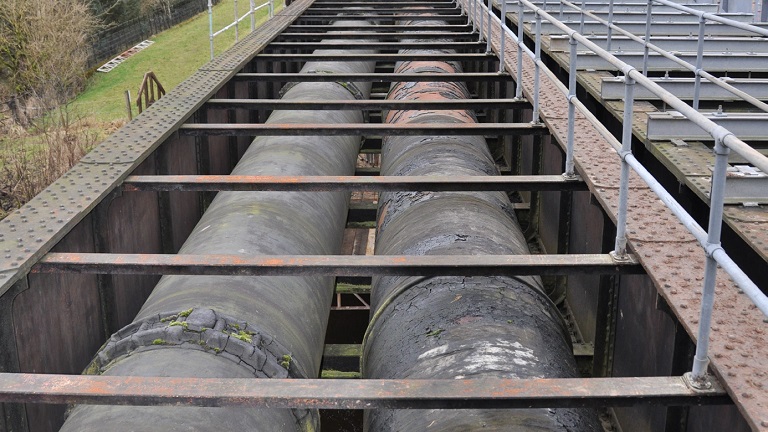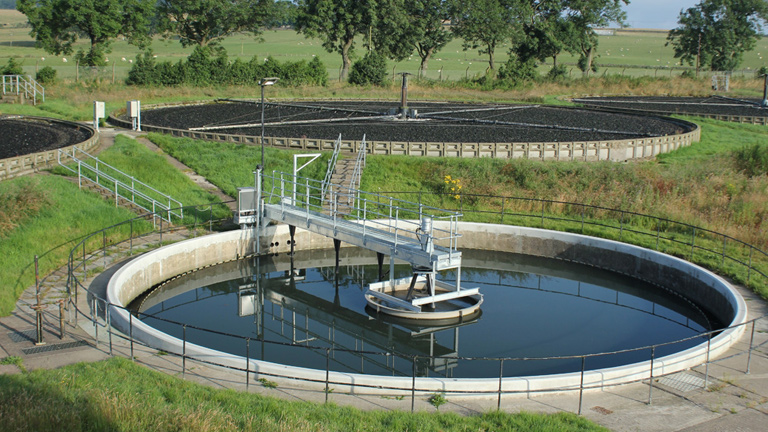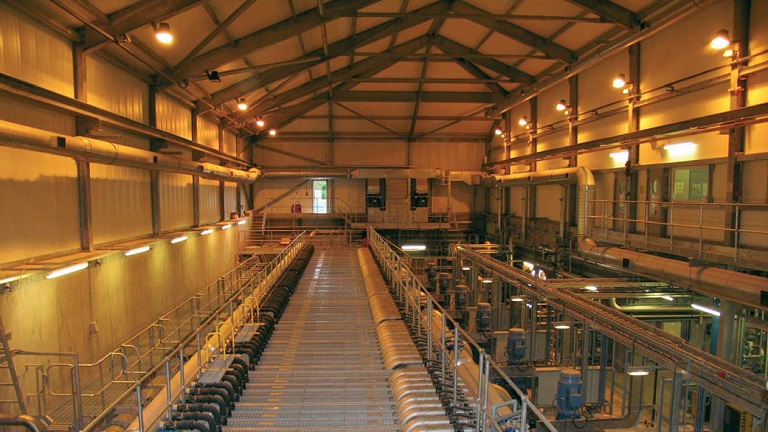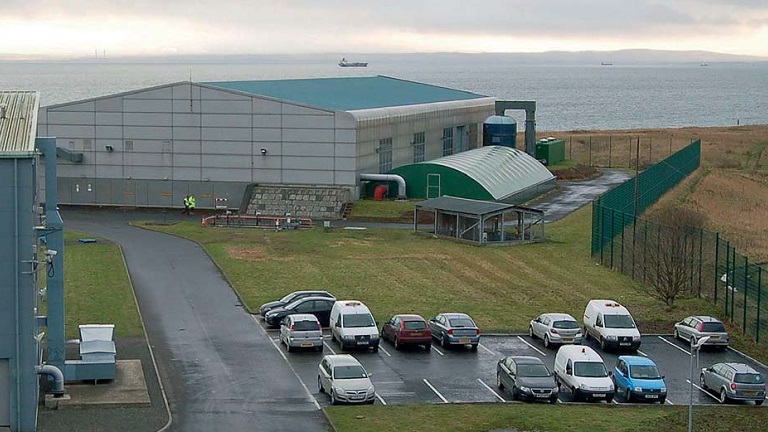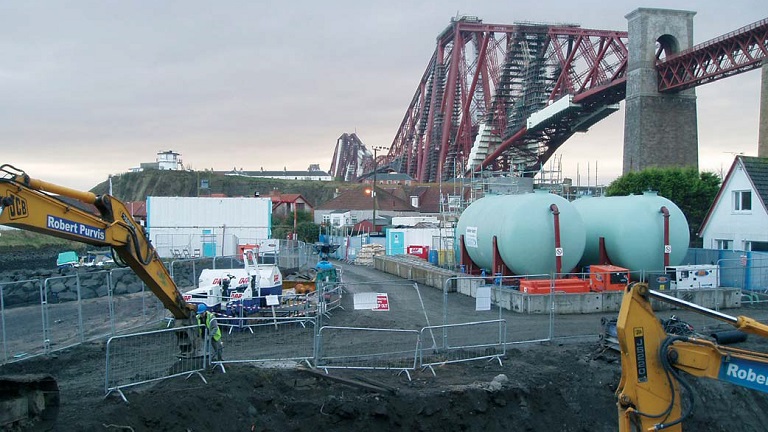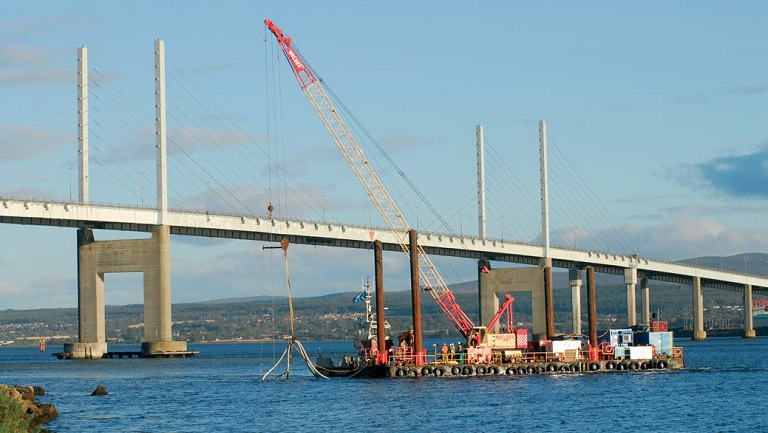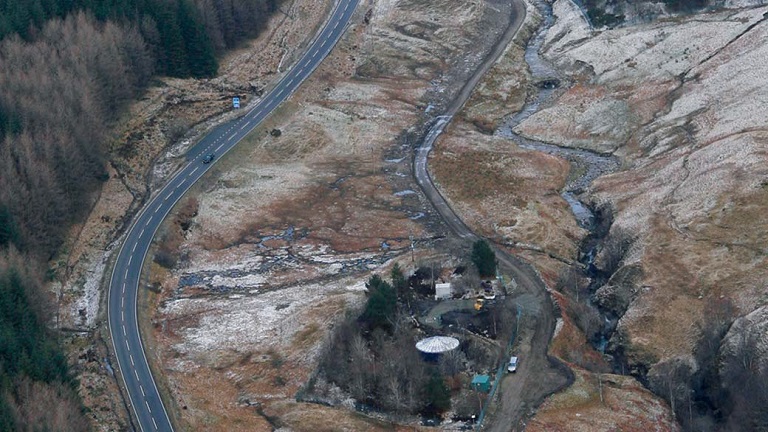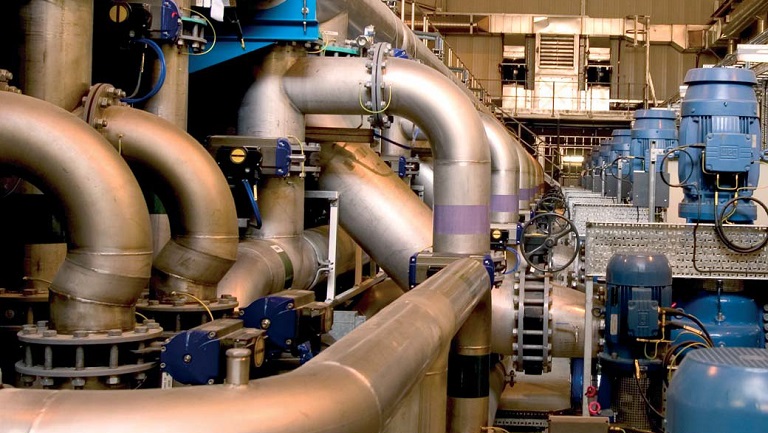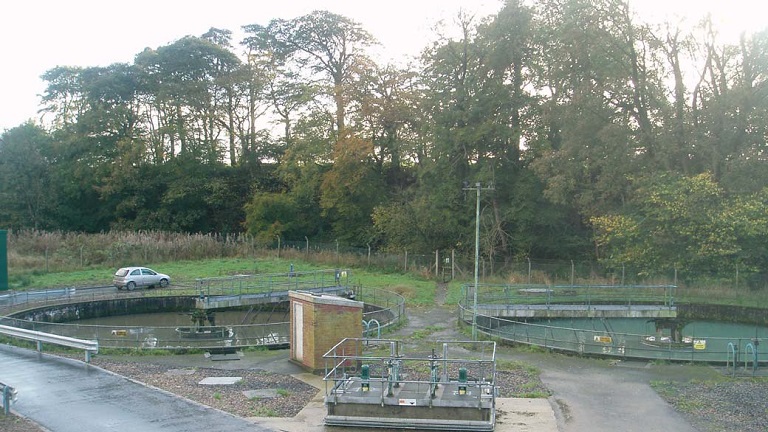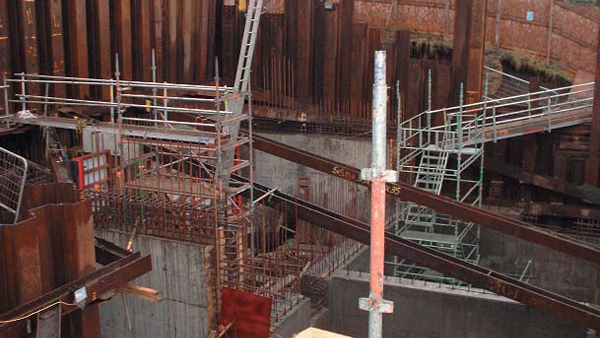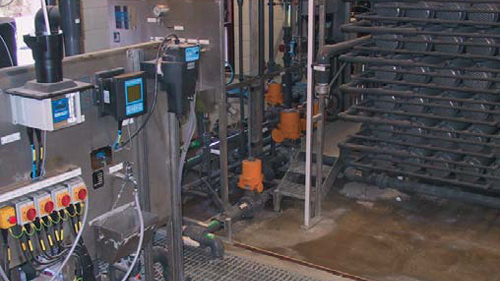Scottish Water
Sanday Sludge Remediation (2024)

Aerial view of the site mid-way through the construction stage - Courtesy of Morrison Construction
Sanday is the third largest of the Orkney islands, and covers an area of 51km3 with a population of just under 500 residents. Located on the south side of the island, Backaskaill Bay historically served as a waste management area for Scottish Water to dry and store sludge resulting from the island community’s drinking water production facility. However, due to changes in waste management regulations, the site is no longer necessary and the question arose: what lies ahead for this location?
In early 2022, Morrison Construction was tasked with designing and undertaking remedial work to reclaim the coastal site.
Background
Sludge is produced during the treatment of raw water to and comes from various processes including:
- Sedimentation or flotation extractions and blowdowns.
- Filter cleaning/backwashing.
- Clarification membrane backwashing.
These processes all generate a mix of organic and inorganic sludge that needs further treatment and disposal.

View across Backaskaill Bay from the remediated sludge storage area – Courtesy of Morrison Construction
Project execution
Extensive collaboration with the Scottish Environment Protection Agency (SEPA), including 7+ years of borehole sampling, revealed that the site could be successfully restored, with minimal environmental risk. Scottish Water took the initiative to cease using the area for storage and transform it for the beneficial use of the local community.
A project need was raised and issued to Morrison Construction, one of Scottish Water’s DV2 Framework Delivery Partners. Work commenced with the early engagement of Sanday community council and local residents, to produce plans to enhance this area for both residents and visitors to the Island.
Initially Morrison Construction engaged Scotland-based Rankinfraser Landscape Architecture, who’s work experience spans various projects including residential, commercial, and community-focused initiatives.
Having worked with them previously, Morrison Construction knew that their commitment to design excellence and community impact would help leave a lasting impression on this project. The fusion of architectural vision and community engagement is a powerful recipe for meaningful impact.
The restoration efforts include:
- Creating a car park.
- Capping and landscaping the residual sludge beds.
- Planting trees and natural grass suited to the location.
- Providing picnic benches.
- Installing information boards that explain the island’s heritage.
Planning
The delivery team embarked on a creative journey, sketching initial plans within the ship’s galley during their return ferry trip on an early visit to the island. These sketches gradually transformed into detailed planning drawings after consulting with Jackie Seater from the local community council. Through revisions and discussions with local artists, the project took shape, and the resulting scheme was formally submitted for planning approval.
Historical value
Interestingly, this site holds historical significance beyond waste management. It was once home to the ‘founding father of Orkney folklore,’ Walter Traill Dennison, who lived there in the 19th century.
Additionally, the area witnessed a marine wildlife tragedy in December 1994, when 11 male sperm whales, each weighing around 30 tonnes, became stranded on the beach and sadly, all lost their lives. In commemoration of this, a life-size whale sculpture was unveilled in 2023 at the site of the Backaskaill sperm whale stranding.
The eye-catching sculpture, designed by Heddle Construction, includes a glass eye made by a local artist, and stands as a testament to the island’s history and the close relationship between the island’s residents and marine life.
The vision of creating a meeting point that bridges locals and tourists is both inspiring and essential. Such spaces foster community connections, cultural exchange, and shared experiences. This area will hopefully serve as a vibrant hub where stories are exchanged, friendships are forged, and memories are made for generations to come.

Heddle Construction’s sculpture commemorating the sperm whale stranding in 1994. The site nearing completion with the native grassland starting to establish in the sandy soil – Courtesy of Morrison Construction
Challenges
The site team’s dedication and collaboration with the local community council was commendable. Overcoming challenges, from planning to archaeological considerations, demonstrated their resilience and commitment. Transforming an area which had for years been used as an unsightly dumping ground into a cleaner space by responsibly recycling an old scrap car, mattresses, and other items discarded by locals. The overall transformation positively impacted the environment and the general look of the area.
Stakeholder collaboration, social value & community engagement
Local contractors were involved in the project, contributing to the community and ensuring that any financial benefits were retained within the local area. Morrison Construction played a pivotal role in both the design and construction of this community-focused initiative. Their expertise and commitment has left a lasting impact on the local community and enhanced the reputation of Scottish Water.
Morrisons Orkney-based site manager worked closely with the community council and local residents to create the amenity area that blends into the local landscape. This included information boards telling the story of Walter Traill Dennison, a well-known local farmer and folklorist, and also the tragic story of the whale stranding in 1994.
Rose Snelson, aged 12 who lives on the island, said:
“It’s really good, I feel like it will help the community remember and realise how much whales meant – and mean – to us.”
Andy Wilcox, Chair of Sanday Community Council, said:
“Scottish Water coming in and doing this for us is fantastic. It’s a beautiful part of the world and it’ll also bring tourism to the island because the bay itself is beautiful. It’s a good commemoration of the whales that were stranded here because that was a big event on the island.”
Environmental considerations & social value
The project team demonstrated foresight by integrating social value considerations from the pre-procurement stage onward. Their commitment to community impact persisted throughout the entire procurement lifecycle of the project. This holistic approach contributed significantly to the project’s effectiveness and positive outcomes.
As well as using local contractors to minimise the carbon impact of the groundworks, there are additional carbon benefits realised through using locally sourced materials for the restoration of the site.

Open day with the local community to formally open the site – Courtesy of Morrison Construction
The project team recognized the immense opportunity and responsibility to maximize social value throughout the project’s lifecycle. Their commitment extended beyond mere commercial activity, aiming to create positive impacts for individuals, communities, and the environment. By integrating social value considerations into the work, the project team left a lasting legacy that extends far beyond the project itself.
Calum Scott, Senior Project Manager for Scottish Water, said:
“Our Orkney-based project manager, Michael, worked closely with the community council and local residents to create this amenity area that blends into the local landscape. As well as using local contractors to minimise the carbon impact of the groundworks, there are additional carbon benefits realised through using locally-sourced materials for the restoration of the site.
“Customer and community engagement is core to what we do at Scottish Water and we hope the legacies of a well-known farmer and folklorist, and the whales, live on through this contribution to the community.”











